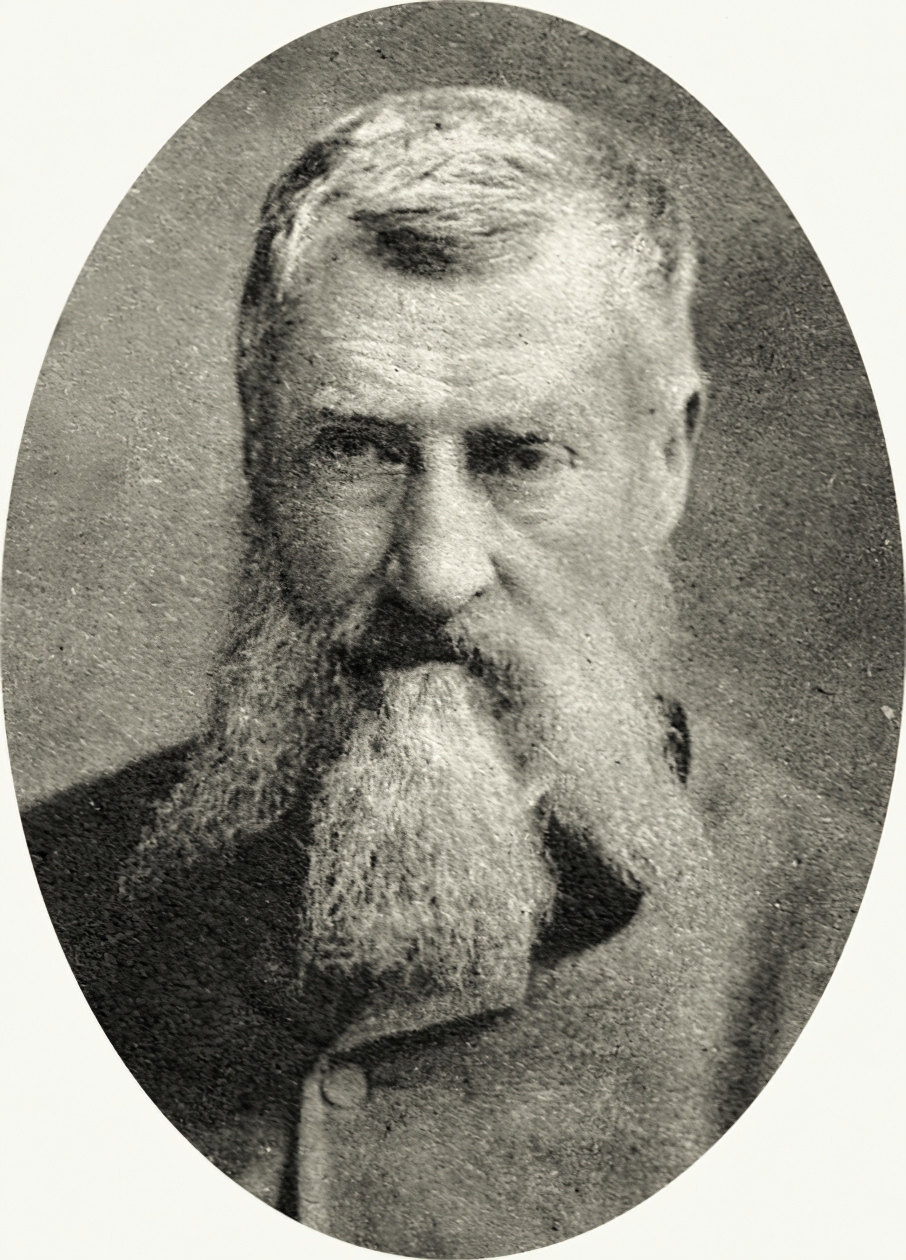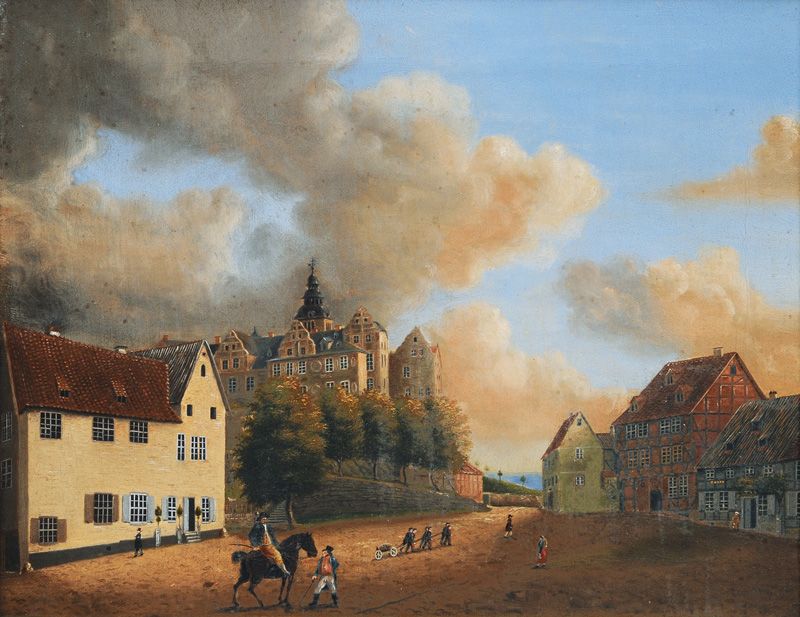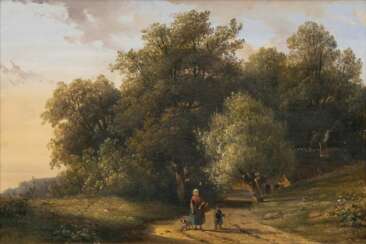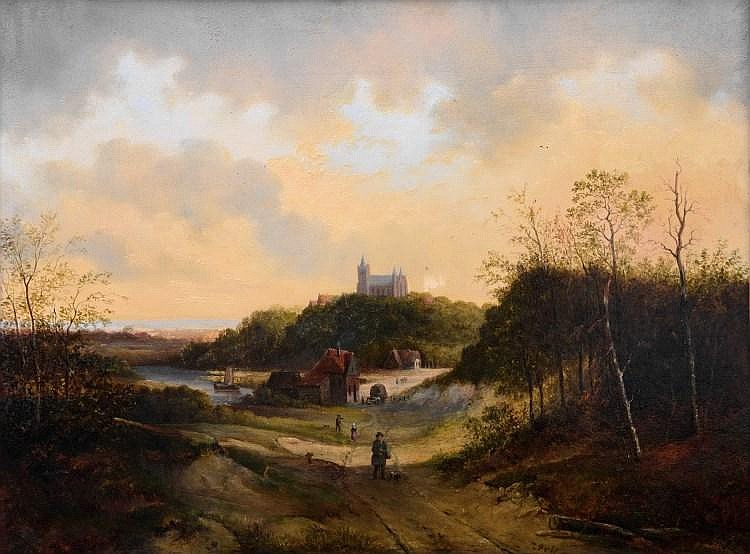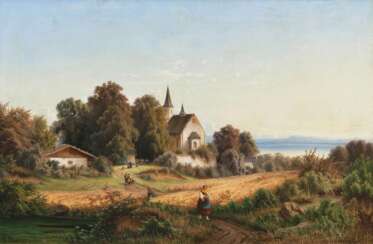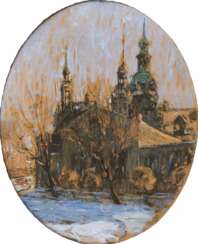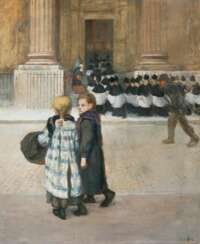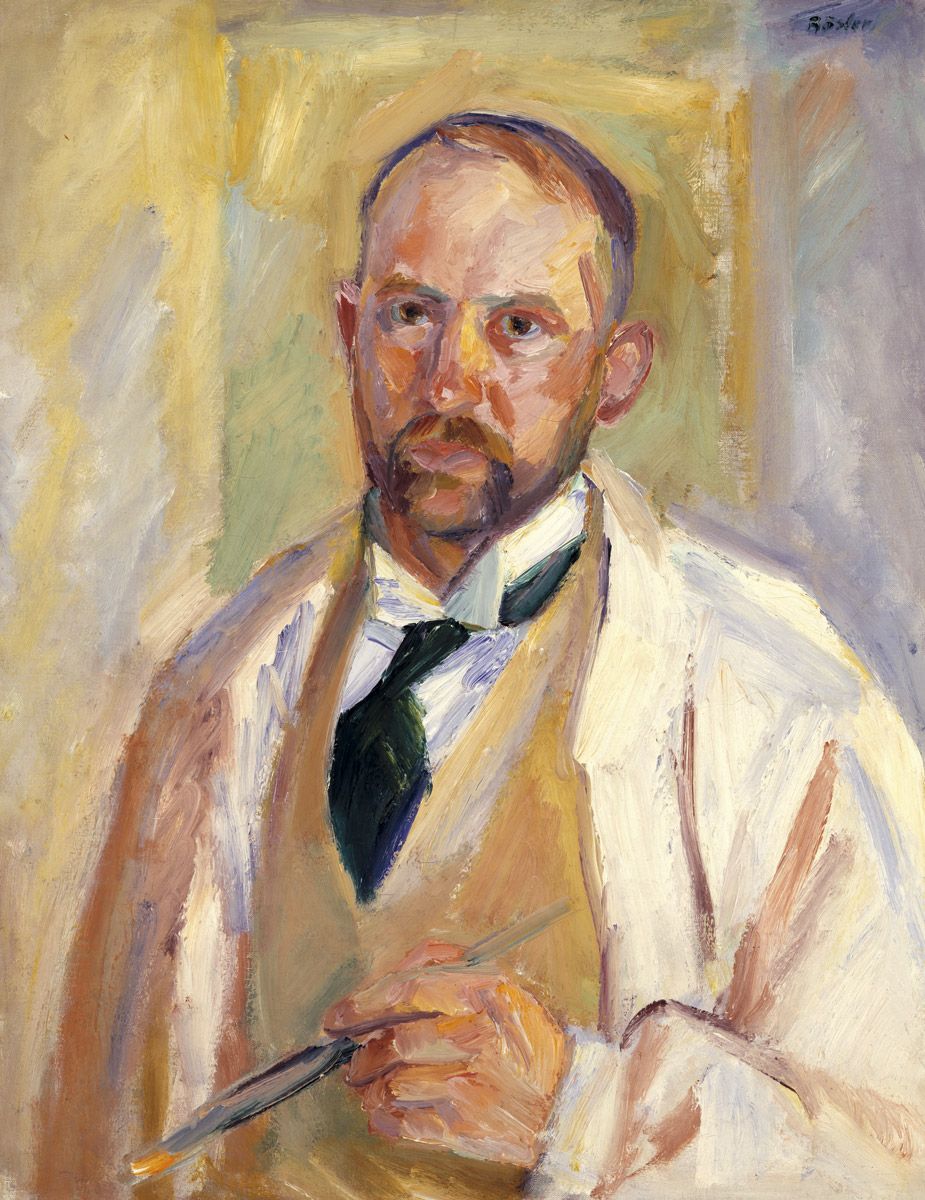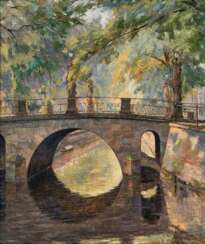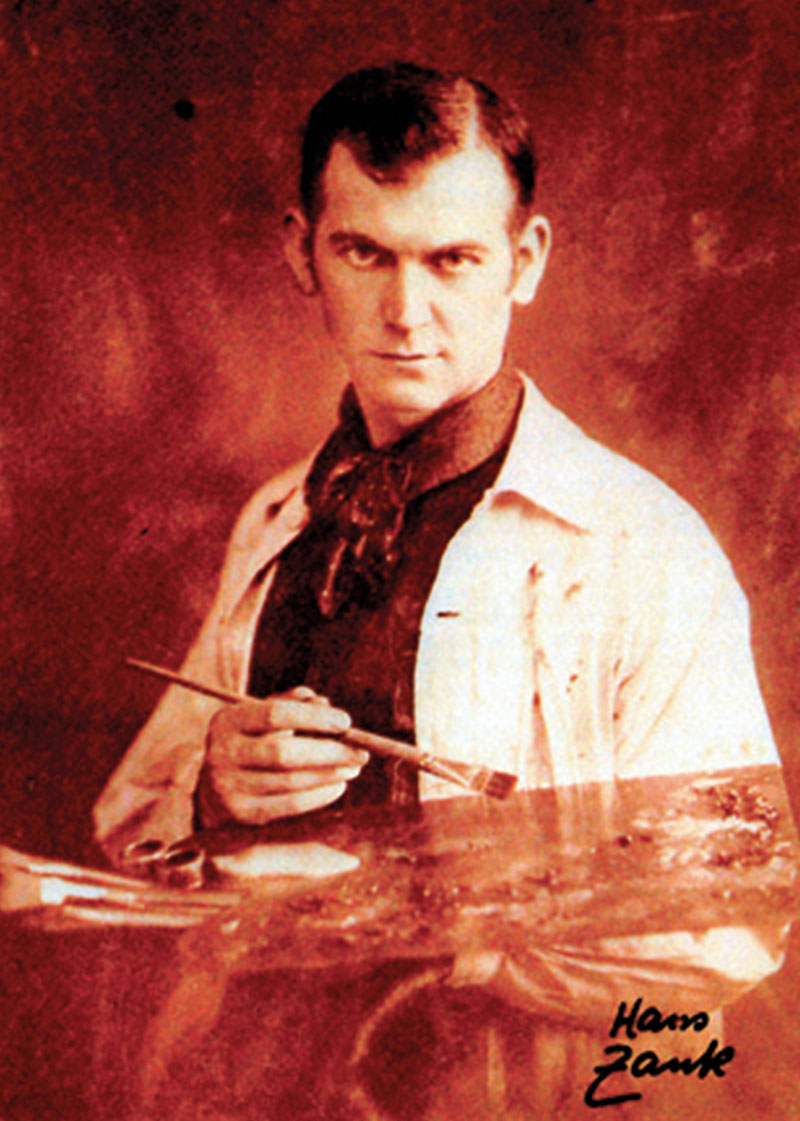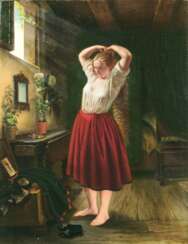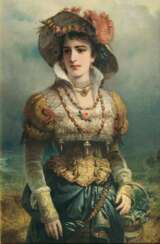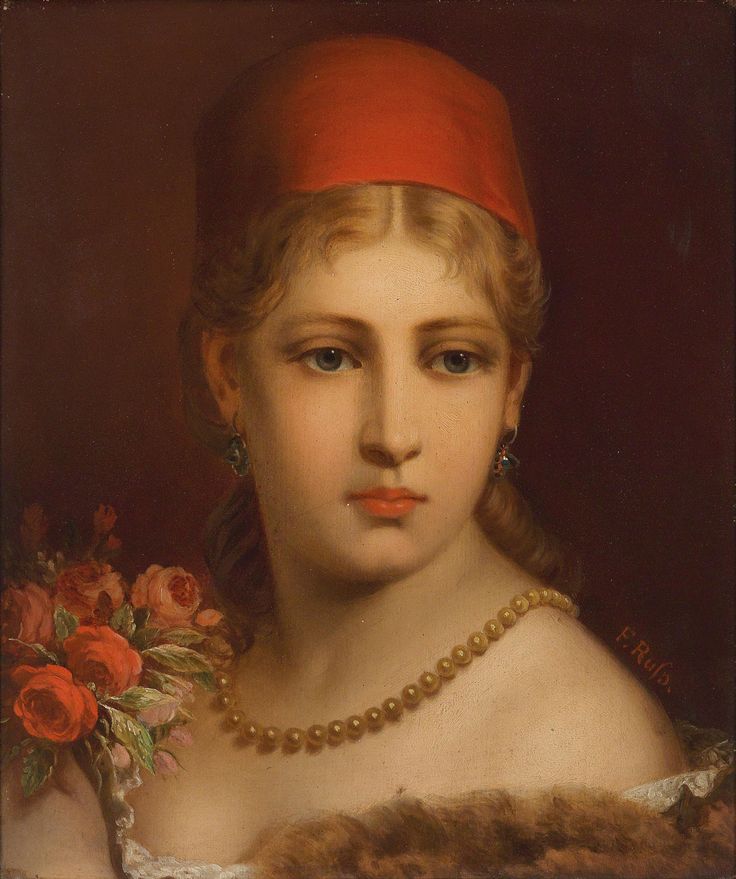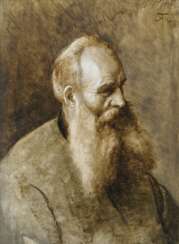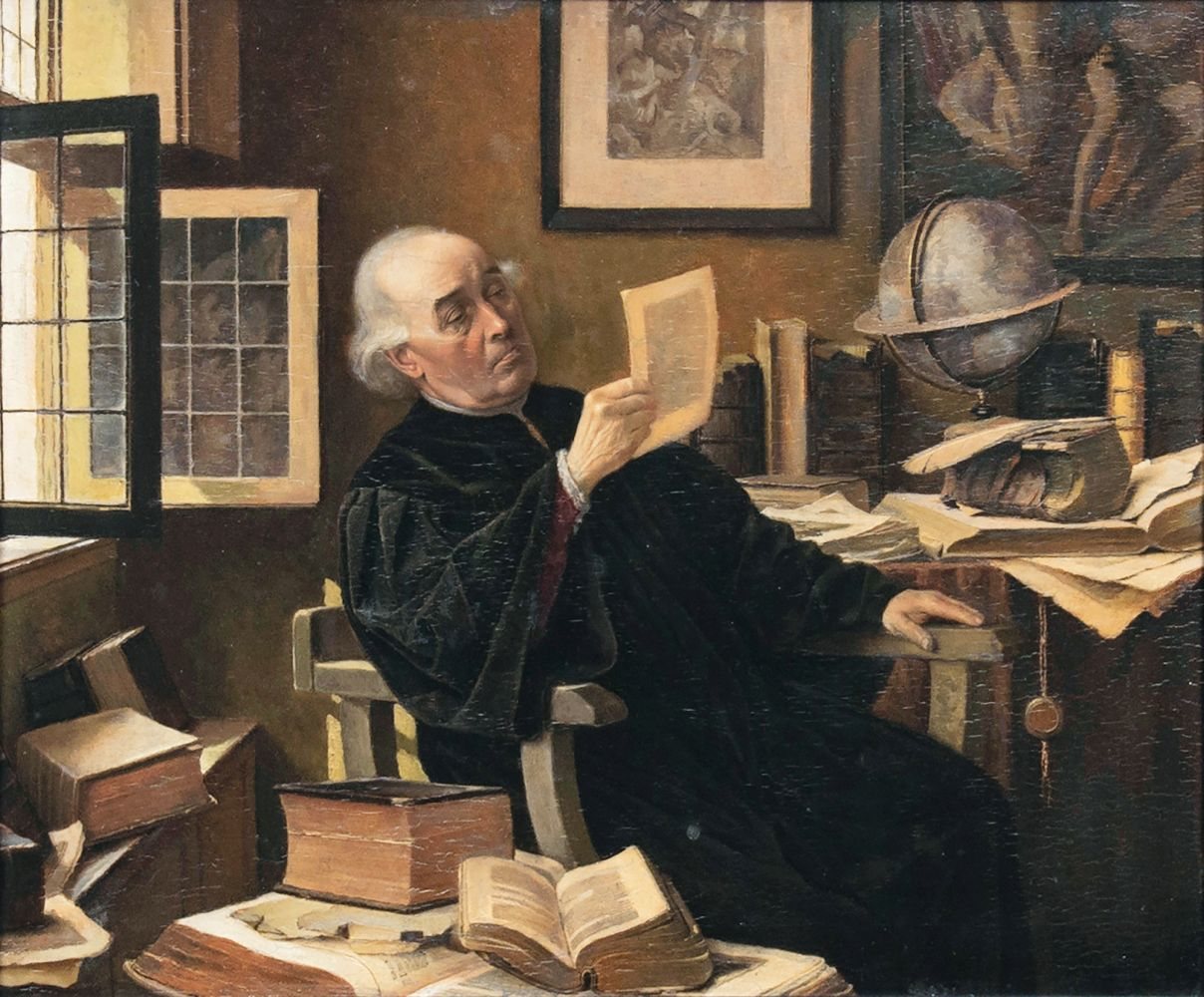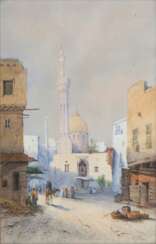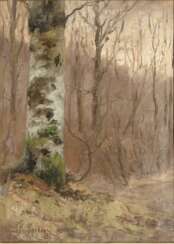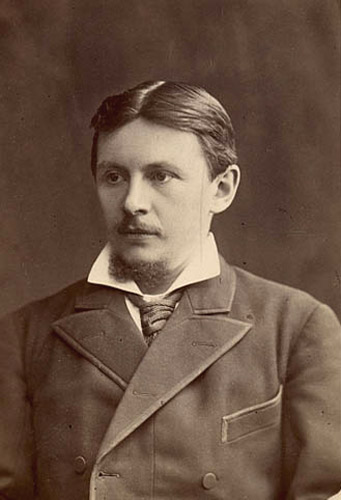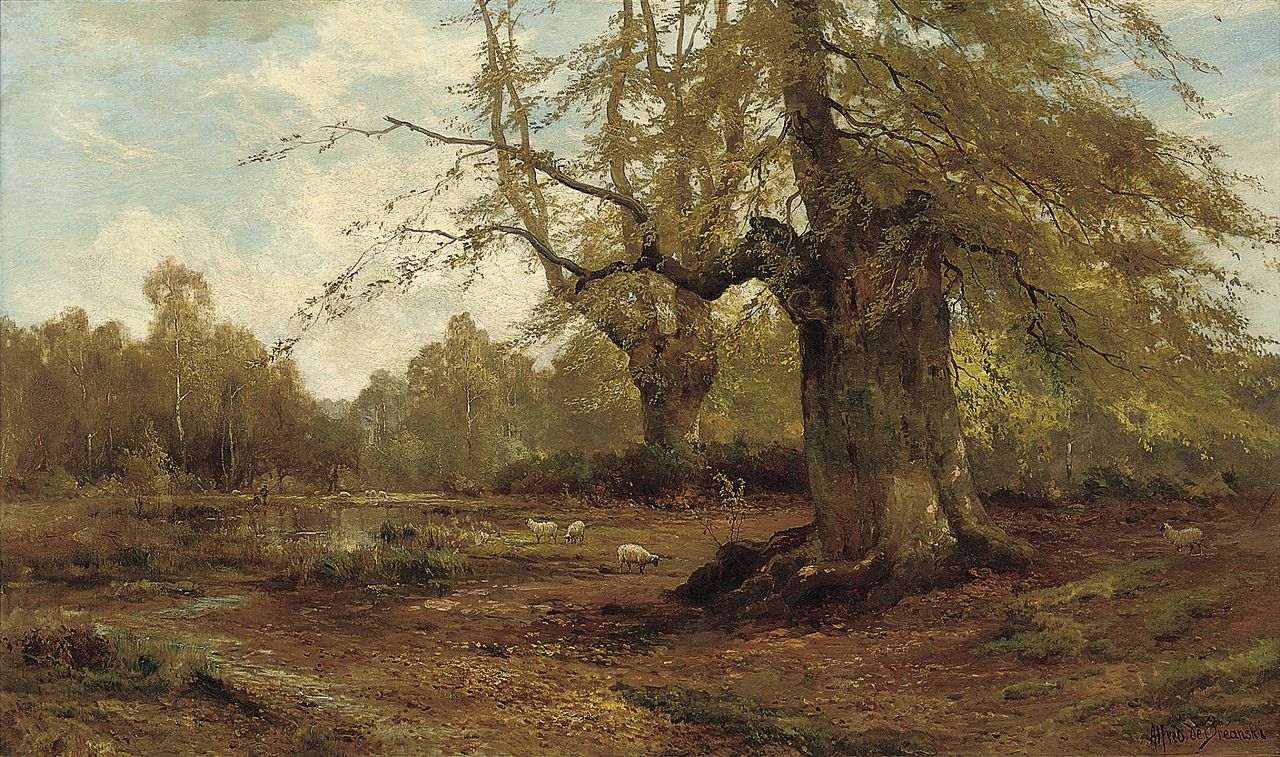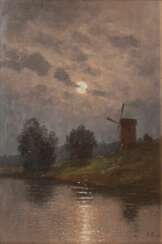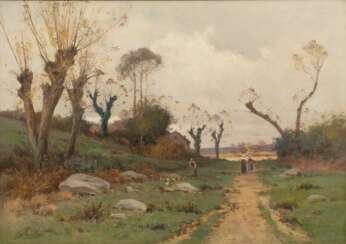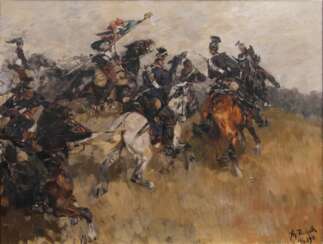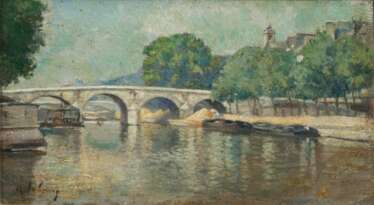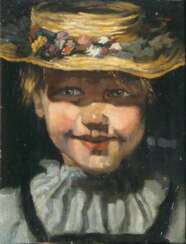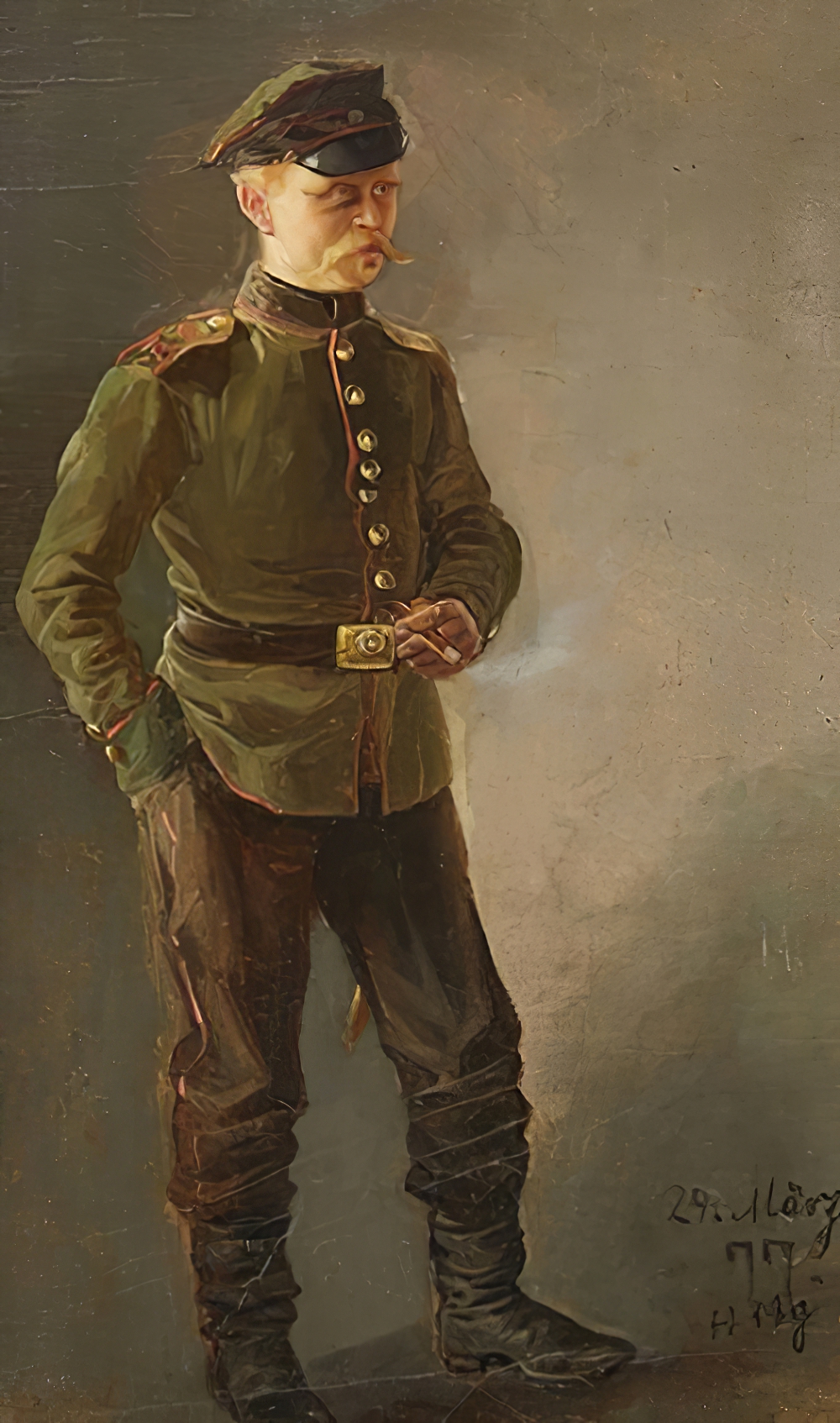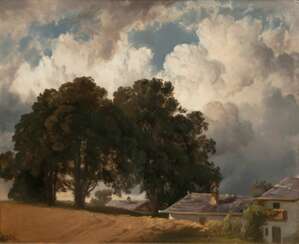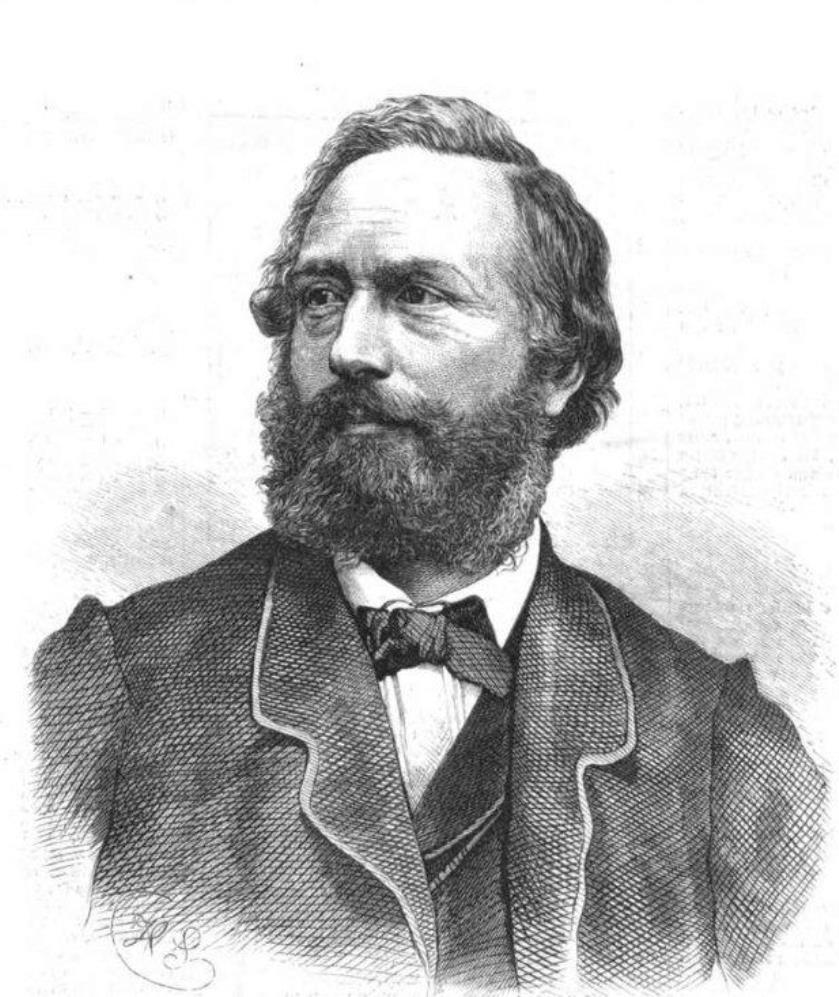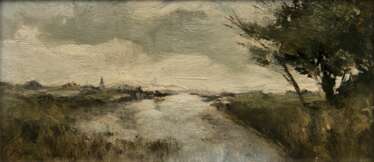
Paintings by newer masters — Art and antiques
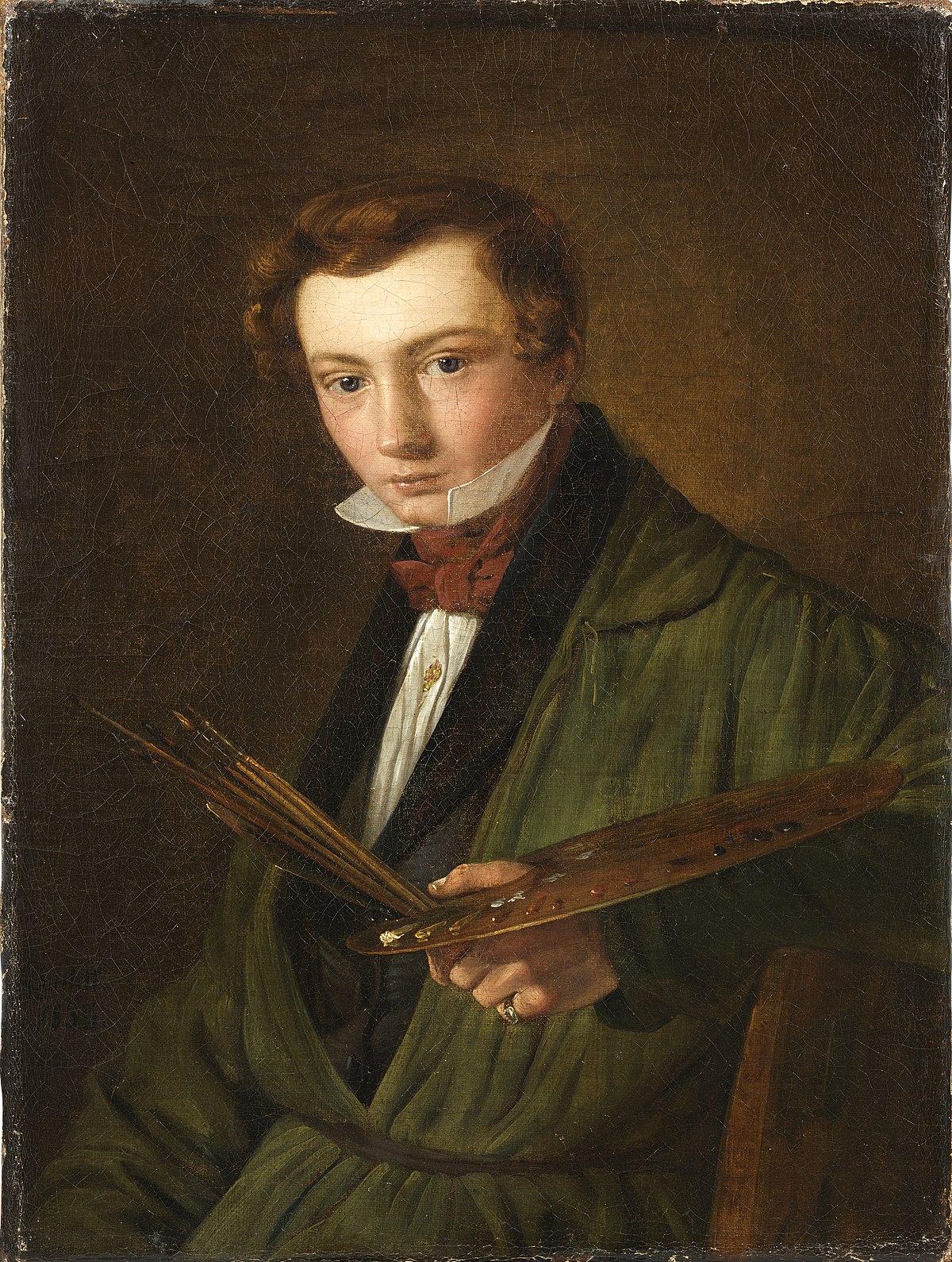
Heinrich Louis Theodor Gurlitt was a German and Danish painter of the second half of the 19th century. He is known as a Romantic landscape painter, a representative of the Hamburg and Düsseldorf schools.
Louis Gurlitt created canvases that are now part of the Royal Danish collection of paintings. Among his famous works are "Landscape near Salzburg", "Monte Pellegrino", "Ieranto Bay with Fishermen" and "Northern Italian Landscape". His works have been exhibited at the auctions "19th Century Painting" and "19th Century European Painting", and the painting "Norwegian Landscape" was sold in 2012 at Sotheby's London for $22,174.
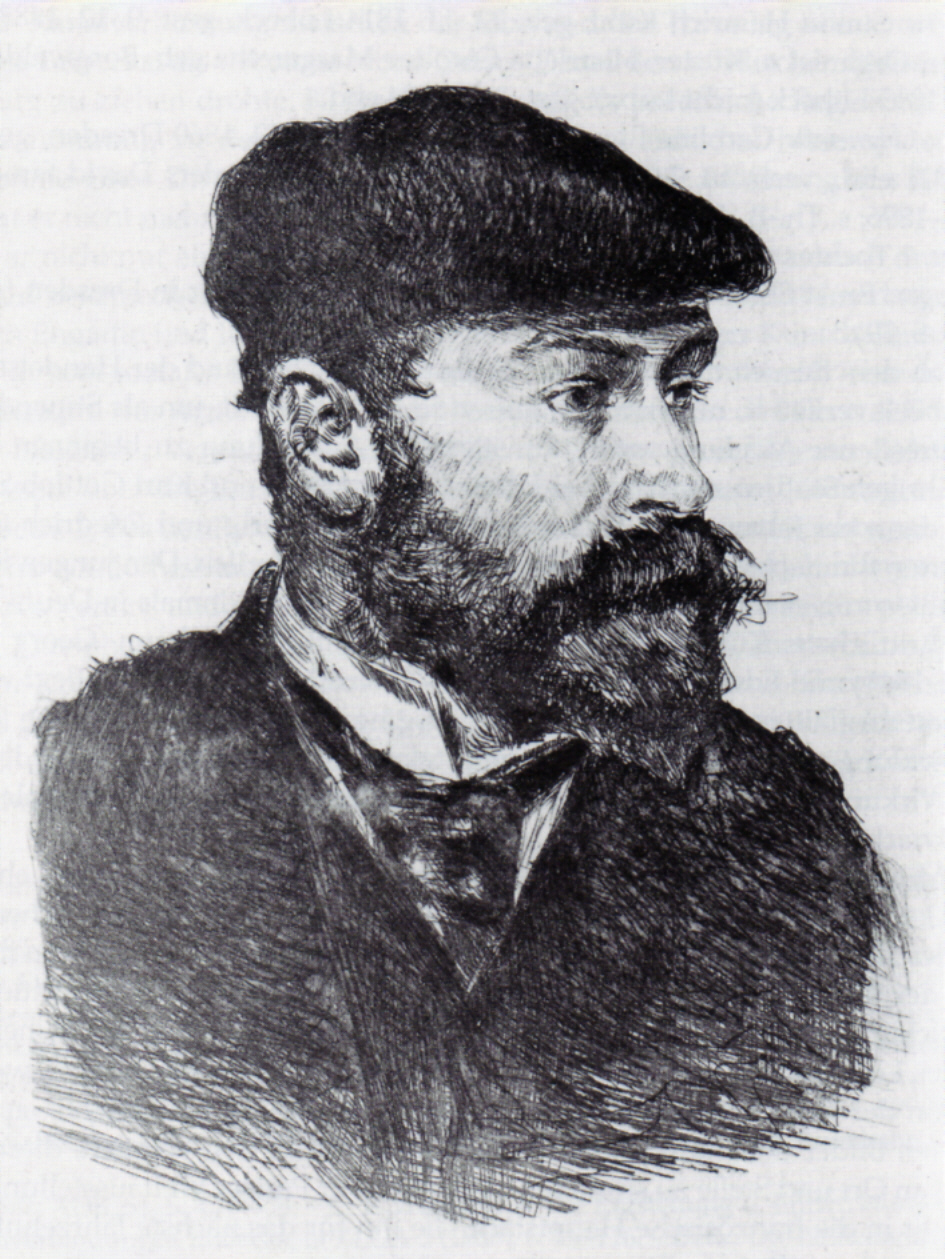
Gotthardt Kuehl was a German painter of the late nineteenth and early twentieth centuries. He is known as an impressionist painter and teacher.
Gotthardt Kuehl studied painting at the Dresden and Munich Art Academies, as well as in Paris, where he lived for two years, and on study trips to Italy and the Netherlands. He created cityscapes, architectural sketches and paintings with social themes, gaining recognition in the early stages of his work.
Kuehl participated in the founding of several artists' associations, including the Elbians, and was a member of the Berlin Secession. He continued to create and teach actively until his death.
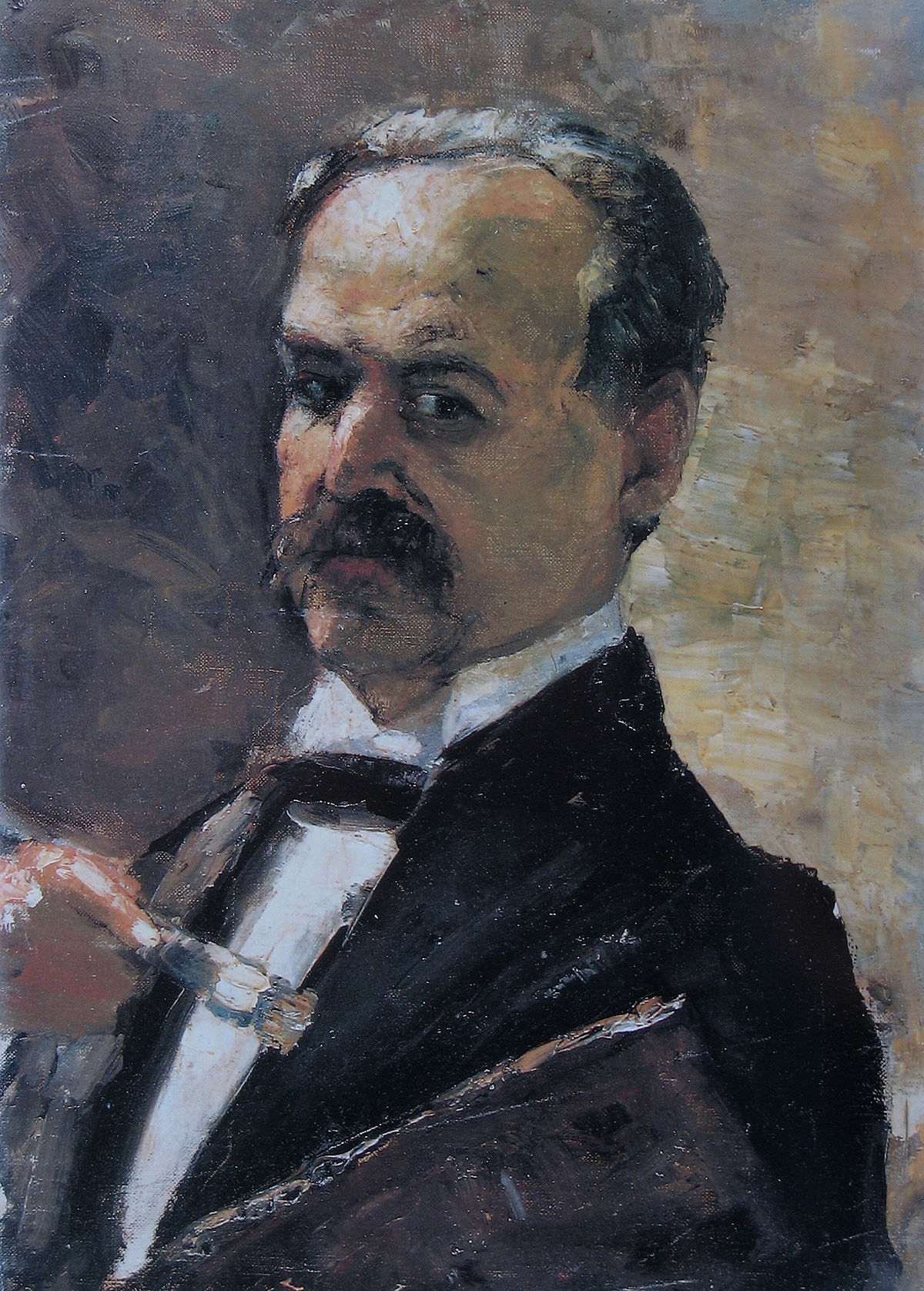
Lesser Ury was a German painter of the late nineteenth and first third of the twentieth centuries of Jewish origin. He is known as an impressionist painter, graphic artist and printmaker, a representative of the Düsseldorf school of painting.
Ury painted rural and urban landscapes, still lifes and monumental paintings on biblical themes. His works depicting the streets of Berlin and views of Brandenburg are particularly notable. Ury mastered both oil colors, creating floral paintings and urban scenes, and pastels, conveying an atmosphere of air and light in landscapes.
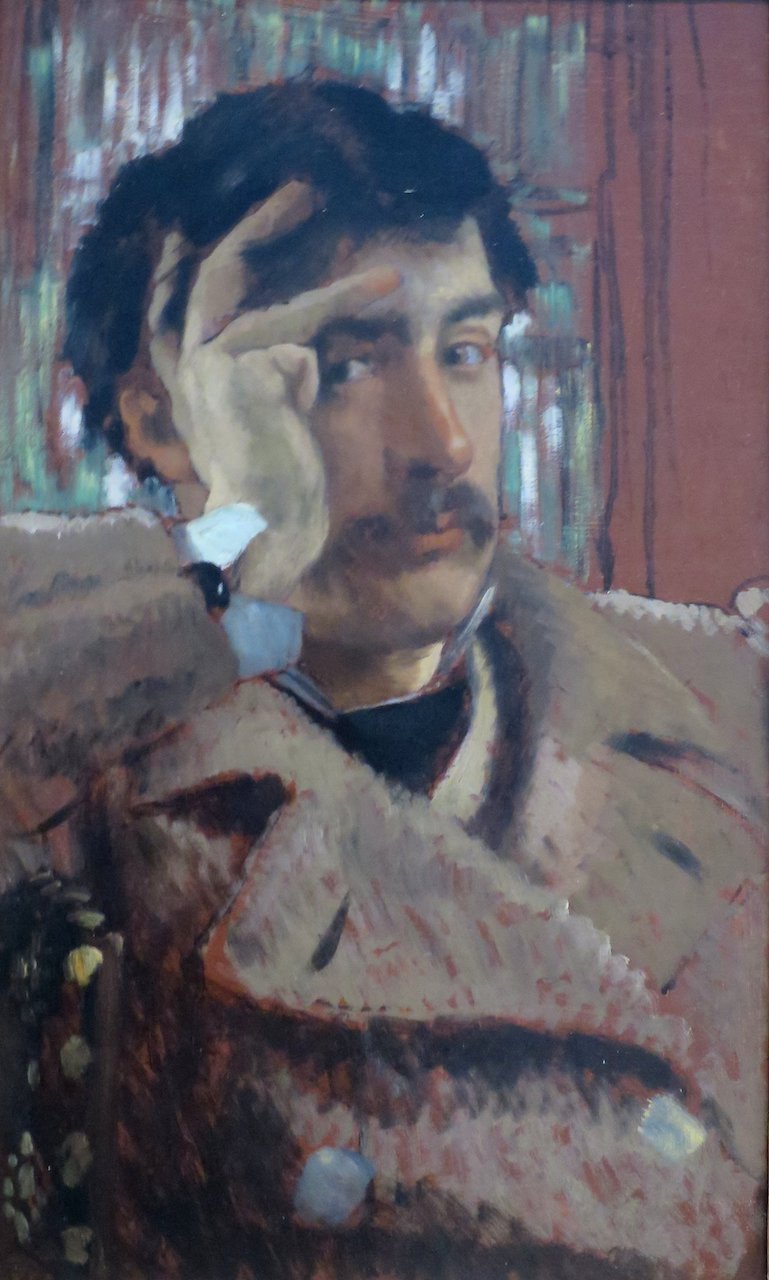
Jacques Joseph Tissot, anglicized as James Tissot, was a French painter and illustrator. He was a successful painter of fashionable, modern scenes and society life in Paris before moving to London in 1871. A friend and mentor of the Impressionist painter Edgar Degas, Tissot also painted scenes and figures from the Bible.
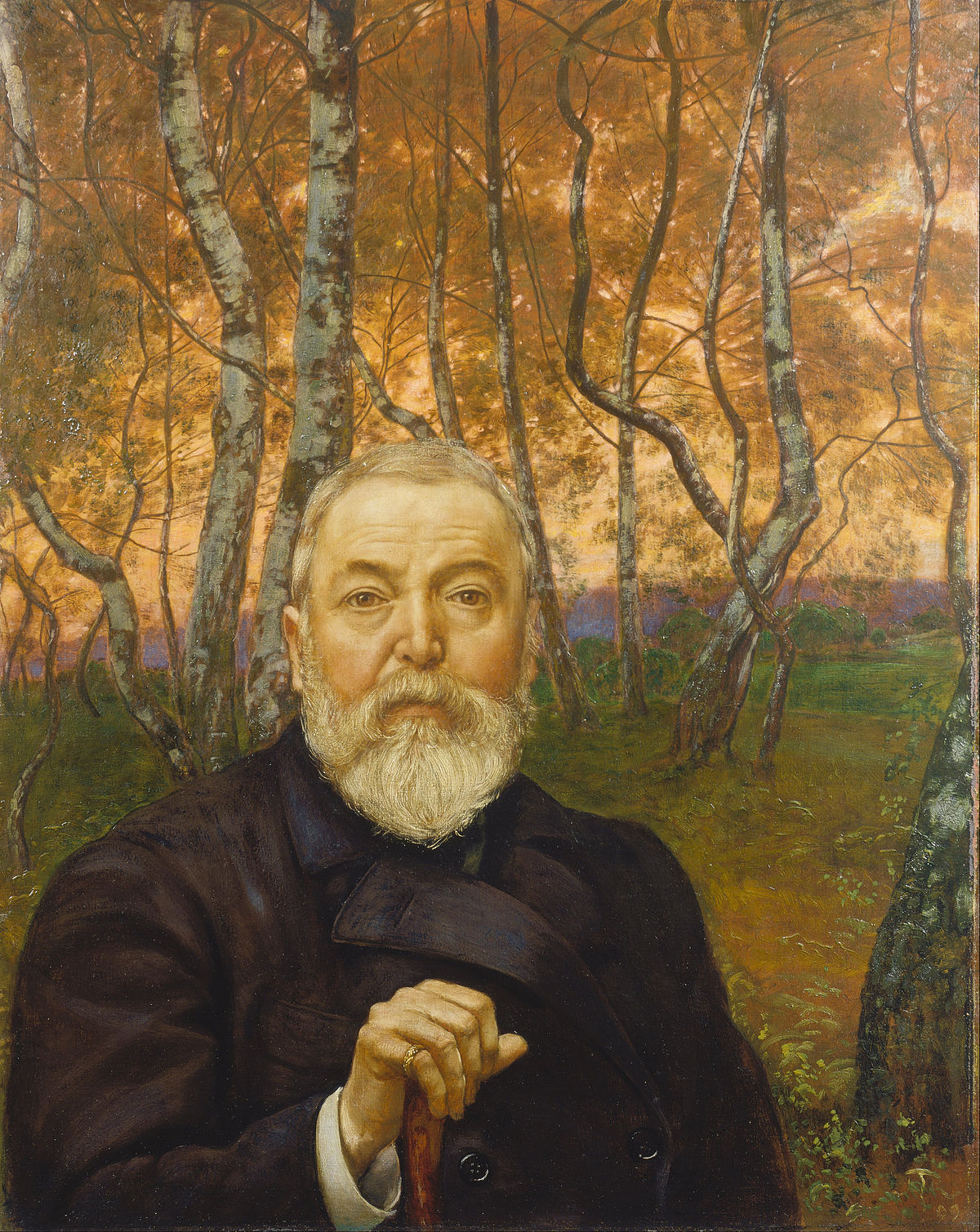
Hans Thoma was a German painter.
In spite of his studies under various masters, his art has little in common with modern ideas, and is formed partly by his early impressions of the simple idyllic life of his native district, partly by his sympathy with the early German masters, particularly with Albrecht Altdorfer and Lucas Cranach the Elder. In his love of the details of nature, in his precise drawing of outline, and in his predilection for local coloring, he has distinct affinities with the Pre-Raphaelites.
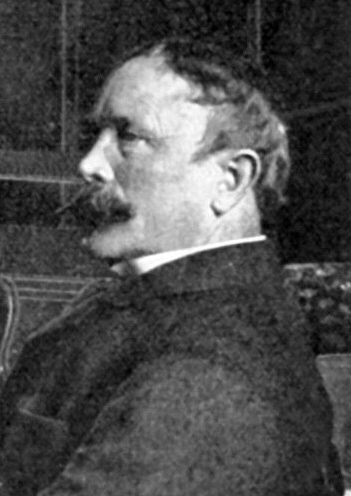
Eduard von Grützner was a German painter of the late 19th and early 20th centuries. He went down in the history of European art as a portrait painter and a brilliant master of genre.
Eduard von Grützner in most of his paintings depicted the life of monks, who usually appear to the audience in the images of merry rioters, leading a not ideal lifestyle. The public liked the original humorous style of the painter, and Grützner's work had many admirers.
Grützner was awarded the Royal Order of St. Michael and also received the title of honorary professor at the Munich Academy of Fine Arts. He also became a Knight of the Order of Civil Merit of the Bavarian Crown and received the title of nobleman, with the prefix "von" added to his last name.
Von Grützner is also known as a collector of art and antiques. For many years he collected masterpieces of the Gothic and Renaissance masters, and towards the end of his life he became interested in Far Eastern art.
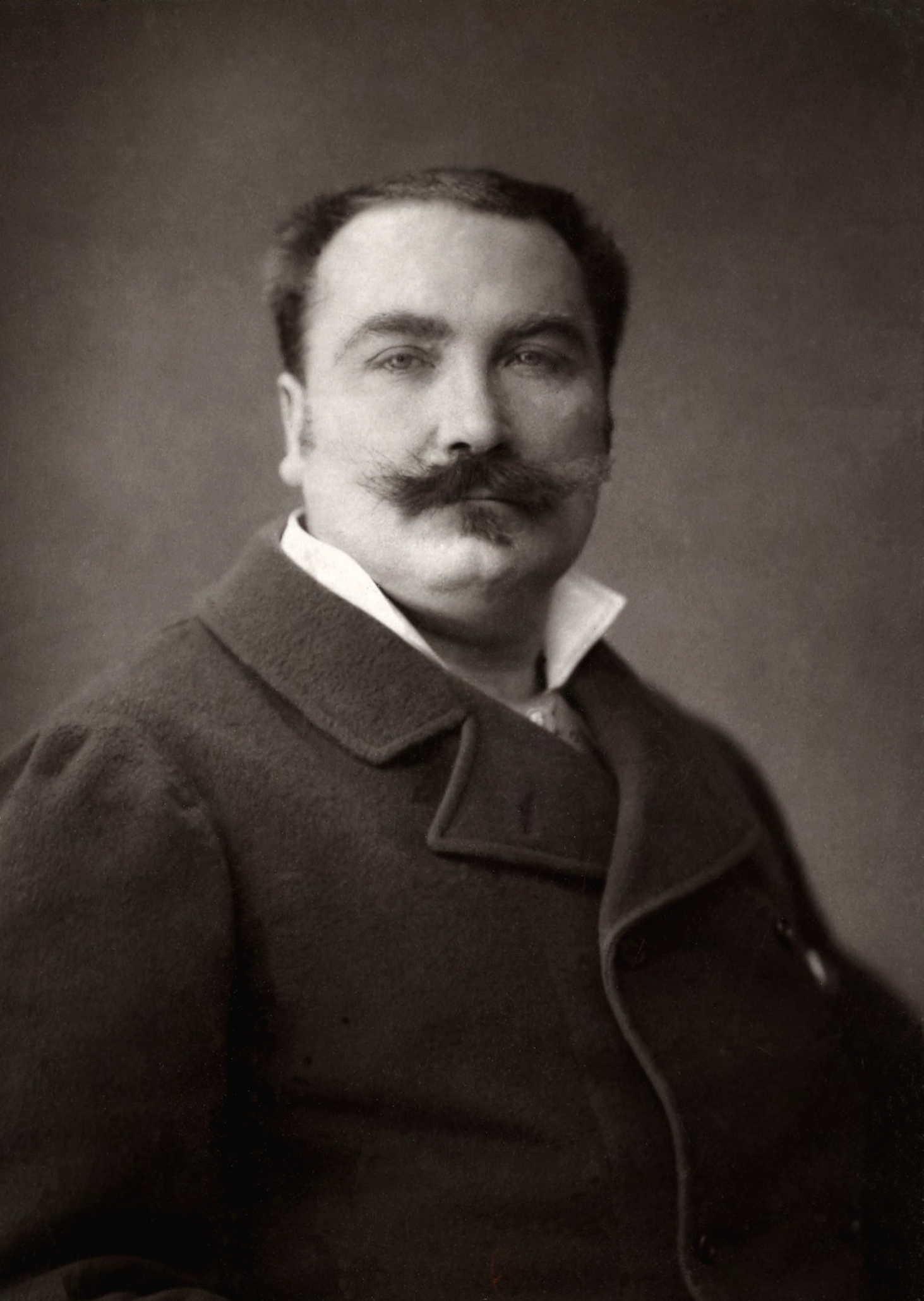
Etienne Prosper Berne-Bellecour was a French artist. He was a painter, illustrator, and engraver who specialized in military scenes, battlefields, and portraits of soldiers. He is considered one of the most important French artists of the 19th century.
Berne-Bellecour began his career as an illustrator for French newspapers and magazines. He later became a painter, and in 1863 he exhibited his first painting at the Salon in Paris. In 1873, he became a member of the Académie des Beaux-Arts.
Berne-Bellecour was known for his highly detailed and realistic paintings of military life. He often depicted battle scenes with soldiers in uniform, and his attention to detail was highly admired. He was also known for his portraits of military leaders, including Napoleon III and Marshal MacMahon.
Berne-Bellecour continued to paint and exhibit his work throughout his life.
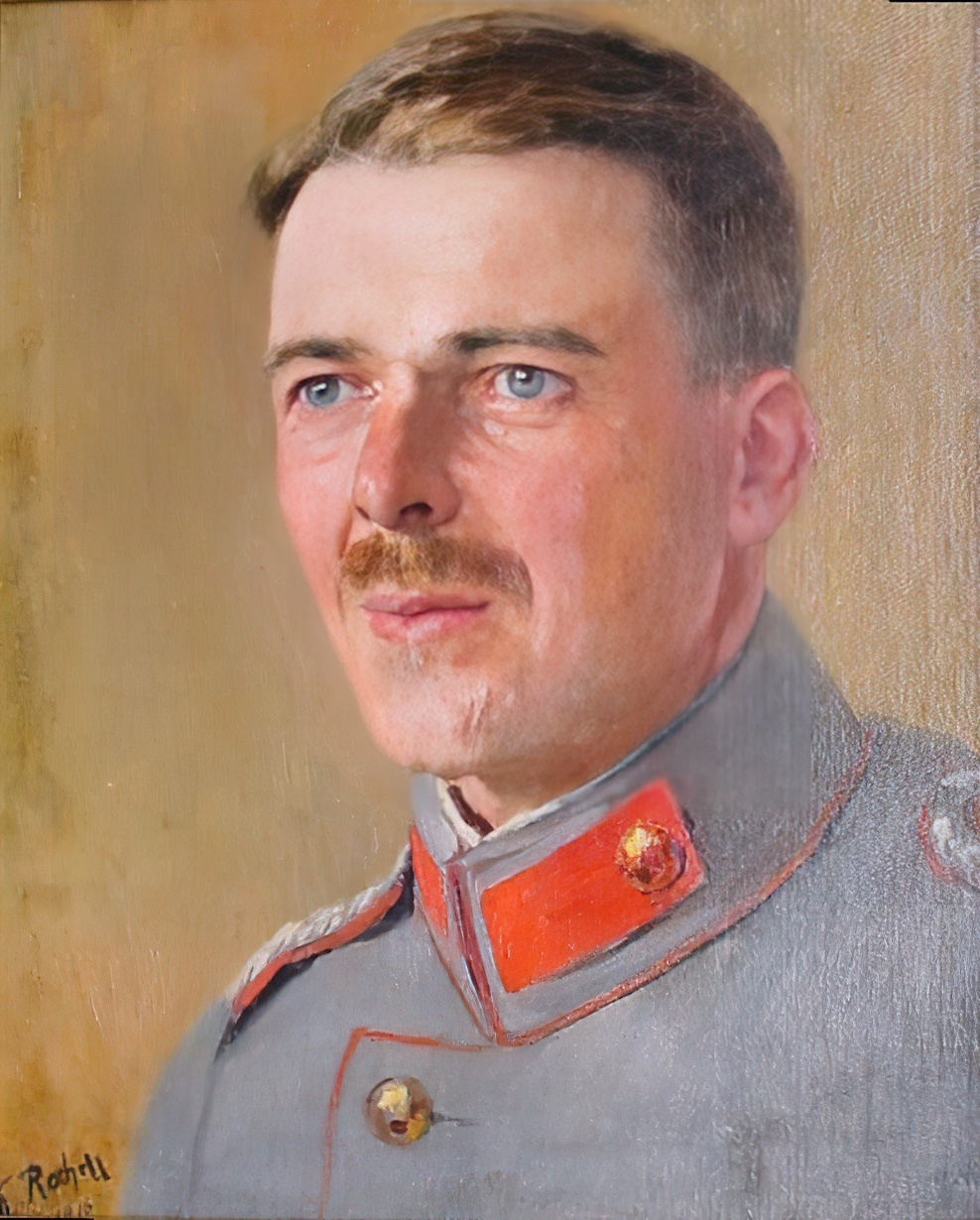
Theodor Rudolf Rocholl was a German painter, graphic artist and writer. He is best known for his photo reportages from the front of several wars and battle paintings, but he also painted landscapes and portraits.
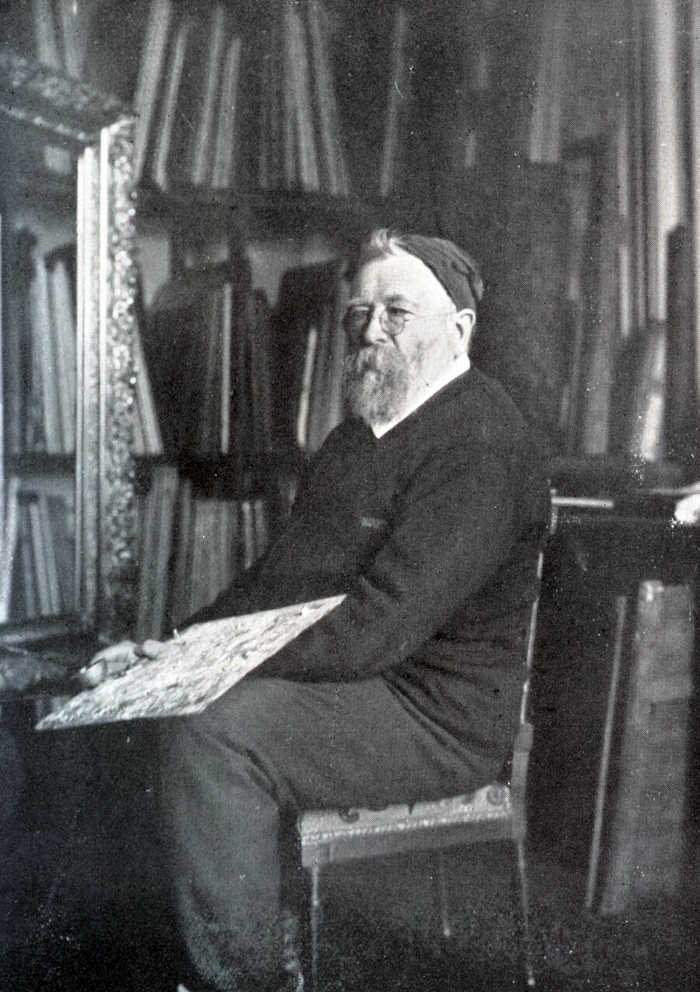
Charles Albert Lebourg was a French painter known for his landscapes and seascapes.
Lebourg began his career as a painter in his early twenties, studying at the École des Beaux-Arts in Paris. He was heavily influenced by the Barbizon School, a group of painters who focused on realistic depictions of nature.
Lebourg's paintings often depicted the beauty of the French countryside, including rolling hills, verdant forests, and meandering rivers. He was also known for his seascapes, which captured the movement of the waves and the changing colors of the ocean.
Lebourg exhibited his work at the Salon des Artistes Français in Paris and won several awards for his paintings. He was also a member of the Société Nationale des Beaux-Arts and the Académie des Beaux-Arts.
Lebourg continued to paint throughout his life, and his work is held in many major collections, including the Musée d'Orsay in Paris and the Metropolitan Museum of Art in New York.
 Шарль-Франсуа Добиньи. Фотография художника.jpg)
Charles-François Daubigny was a French painter, one of the members of the Barbizon school, and is considered an important precursor of impressionism.
He was also a prolific printmaker, mostly in etching but also as one of the main artists to use the cliché verre technique.

Paul Mathias Padua was a German painter. He felt committed to the tradition of Wilhelm Leibl, a realist who was highly esteemed by Adolf Hitler, and was extremely successful as an artist during the National Socialist era.
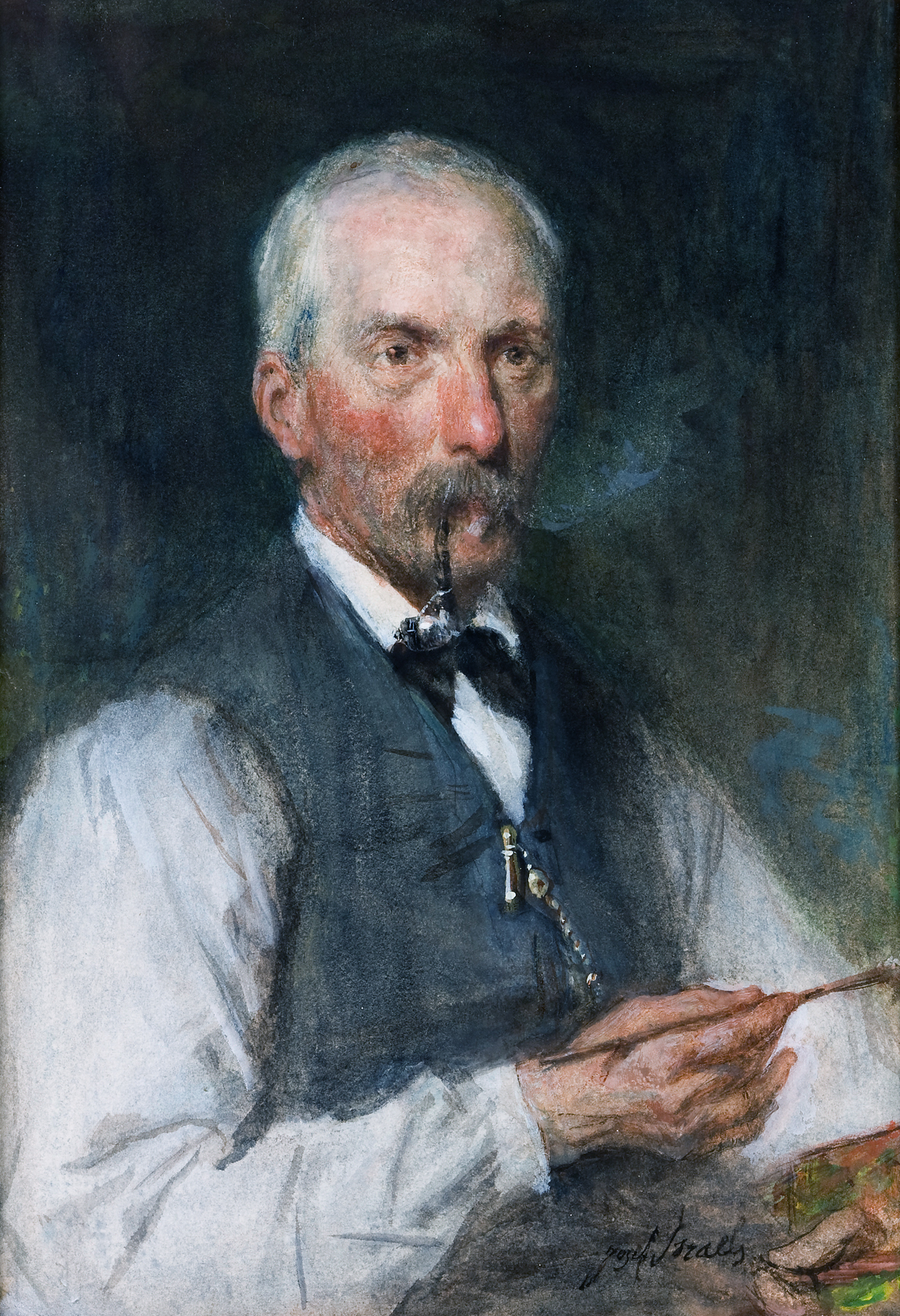
Johan Hendrik Weissenbruch was a Dutch artist of the Hague School. During his studies he helped to make sets for the Royal Theatre. He is especially known for his watercolours.
Johan Hendrik Weissenbruch, who judged the young Van Gogh's work from an artistic point of view, was principled and gave high marks to his talent - despite the very unfavourable market conditions for the latter.


